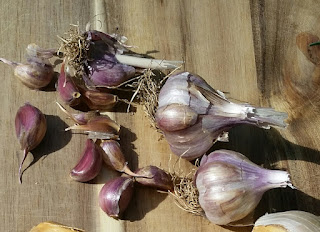Stop Junk Mail It's Good for the Environment

Everyone gets it and most of us consider it junk. I’m talking about direct mailings commonly known as junk mail. All direct mailings or junk mail end up as waste whether thrown in the garbage or recycled with about 44% thrown away unopened 1 . It’s easy to stop receiving direct mailings and there good reasons to do so. Stopping the flow of junk mail is good for the environment because it reduces the amount of extracted natural resources, it reduces energy use during production, distribution and recycling and it reduces the amount of waste in landfills. While you’re at it, you can also stop unwanted emails and telephone calls. Paper waste amounts to 69 million tons / year in the United States 2 . 1.5 trees / year / household 3 is used in the production of junk mail. That’s about 848 pieces of junk mail / year / household 4 . The production of junk mail as it relates to deforestation equals the same greenhouse gas emissions as 3.7 million cars 5 or 17,390,000 metric ton

